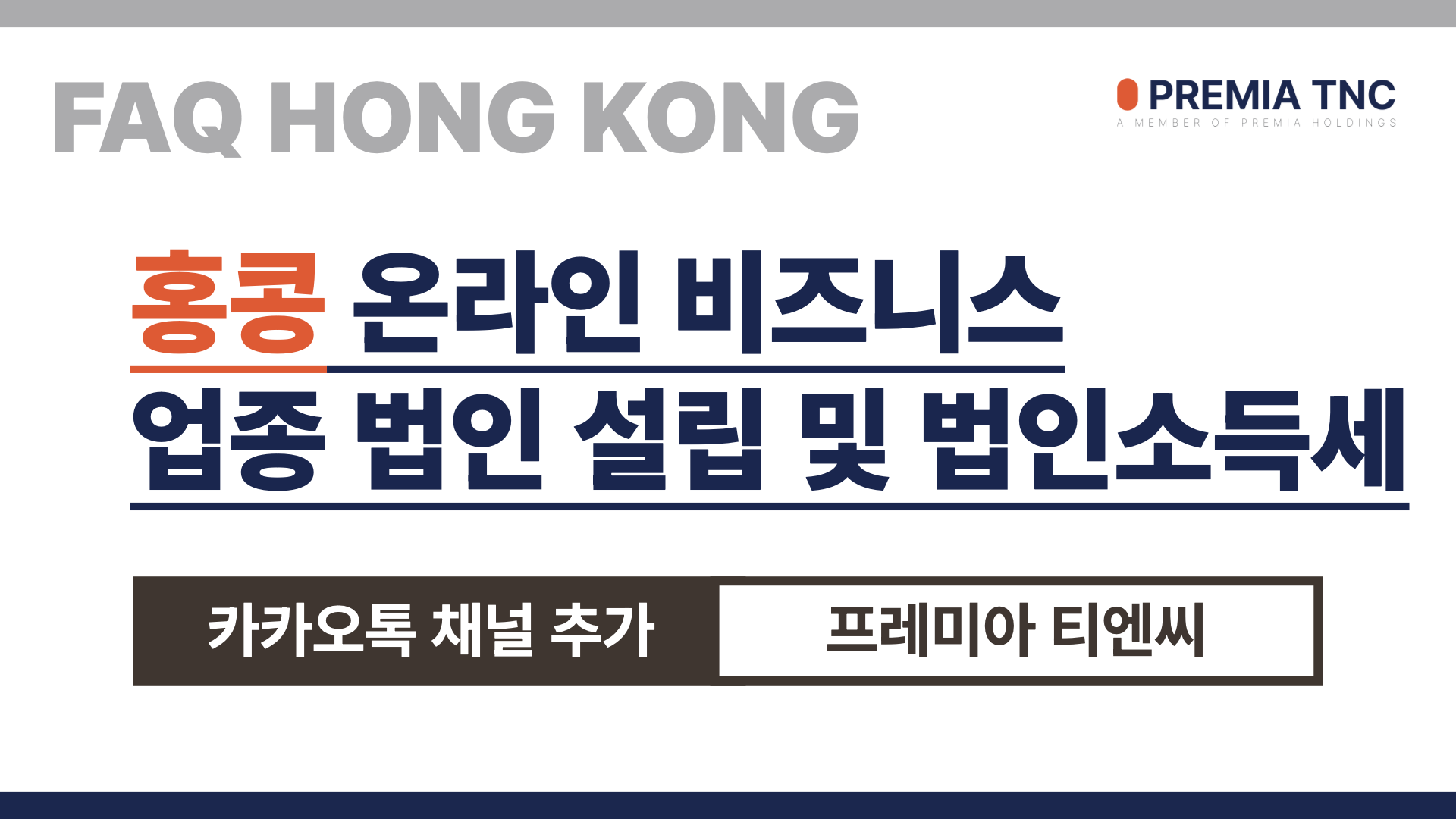1. What is a transferable letter of credit?
A transferable letter of credit is a type of financial guarantee, known as a letter of credit that additionally allows the first beneficiary to transfer some or all of the credit to another party, which creates a secondary beneficiary. The party that initially accepts the transferable letter of credit from the bank is referred to as the first, or primary beneficiary.
A transferable letter of credit is often used in business deals to ensure payment to the supplier or manufacturer.
2. What is the risk of transferable Letter of credit?
A credit may be transferred in part to more than one second beneficiary provided partial drawings or shipments are allowed. A transferred credit cannot be transferred at the request of a second beneficiary to any subsequent beneficiary.
3. What can be changed when transferring a letter of credit?
Article 48 of the UCP 600 limits changes to the following:
– The L/C amount may be reduced
– Unit prices may be reduced
– The expiry and latest shipping dates may be curtailed.
– The time period after the date of shipment for presenting documents to the bank may be curtailed.
– The name of the beneficiary is substituted for the name of the applicant (buyer), but if the applicant’s name is required to be stated in any document other than the invoice, this requirement must be adhered to.
– If an insurance document is required, the coverage may be increased to provide coverage as required by the original L/C
– The place of payment or negotiation may be changed to the location of the transferee
4. Why transfer an L/C?
Most transfers involve a seller who, as beneficiary of the letter of credit, has a pending sale, but is unable to purchase the merchandise from the manufacturer on open account. Export brokers most often use transferable L/Cs.
Transferring a portion of the export L/C to the manufacturer allows the broker to leverage the buyer’s banker’s credit by providing the manufacturer with assurance of payment if the manufacturer performs under the transferred L/C terms and conditions.
5. Will the supplier and the buyer be able to identify each other?
6. What criteria apply to transfers?
Transfer of letters of credit is governed by Article 48 of the Uniform Customs and Practice for Documentary Credits (UCP 600) which states that banks are under no obligation to transfer a credit except to the extent and in the manner expressly consented to. Furthermore, the transferring bank must be specifically named in the letter of credit as the bank authorized to affect the transfer.
– The transferor being a customer of the transferring bank.
– “Negotiation” of the credit being restricted to the transferring bank.
– The issuing bank being a correspondent of the transferring bank.
– All terms and conditions of the credit being acceptable to the transferring bank.

Premiatnc
비즈니스 / 컨설팅 문의하기
비즈니스 / 컨설팅 문의하기






